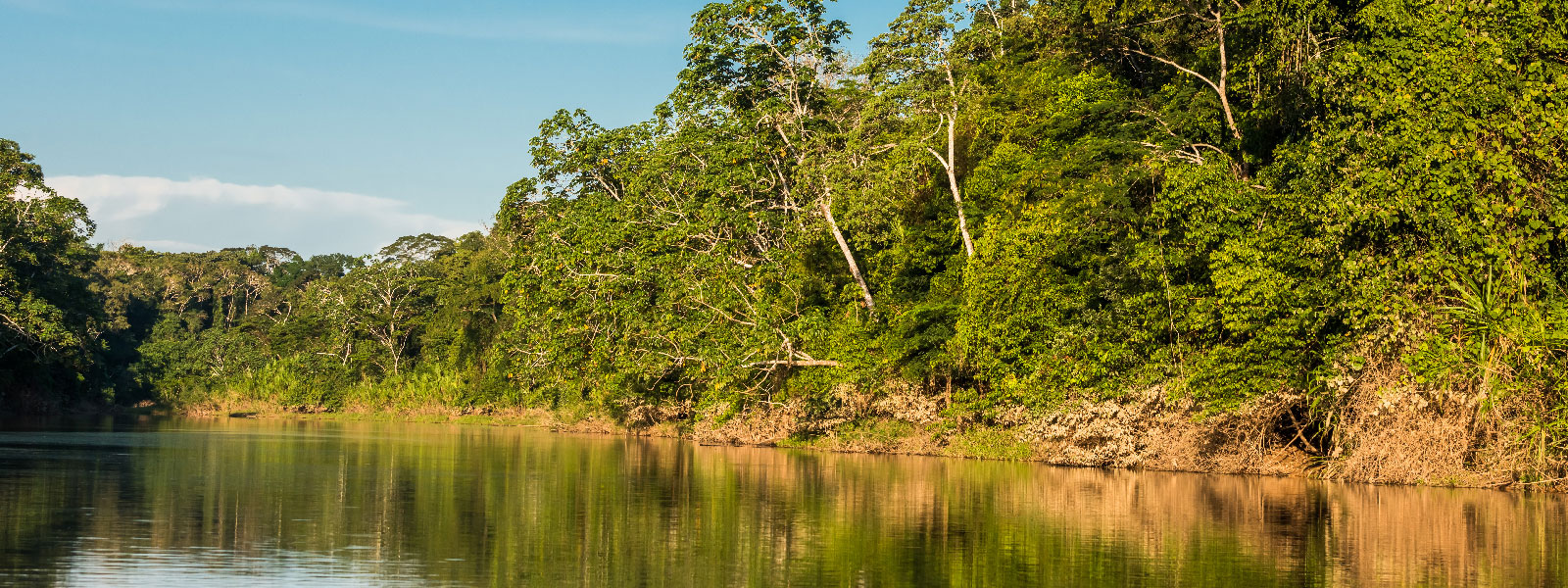New ways of engaging Indigenous communities on rehabilitating and closing mined land

This article is based on a full length journal article to be published in the Australian Journal of Management (Nov 2020). The citation for the original article is: Bond, C and Kelly, L (2020). Returning land to country: Indigenous engagement in mined land closure and rehabilitation, Australian Journal of Management, DOI: 10.1177/0312896220919136.
The authors of the original journal article wish to pay their respects to the Aboriginal and Torres Strait Islander peoples across Australia. We respect their culture and elders, past, present and emerging.
This article suggests one possible way forward to ensure that Australia’s unique Indigenous heritage sites and landscapes, more broadly, are thoughtfully considered as part of a whole-of-mine-life plan and particularly in regards to mine site rehabilitation and closure. People working in resources appreciate the heightened focus on social responsibility for our sector and professionals, with significant changes afoot as resources professionals rally and work to articulate clear standards to engage Traditional Owners in decision-making across all life-of-mine stages. As AusIMM members have a responsibility to best-practice stakeholder engagement processes and culturally appropriate communication and decision-making, understanding and using end-of-mine-life planning processes may prove helpful.
What this article respectfully suggests is that Aboriginal and Torres Strait Islander people have a meaningful role to co-create the ‘doing’ of rehabilitation, as well as the managing of post-closure use of mined land located on their traditional lands. Discussing what happens at the end of mine life, well before the end of a mine, allows proactive and holistic decisions to be made by miners on planning, operating, expanding and rehabilitating mined land footprints. If mining companies and governments can co-create the end-of-mine landscape with, rather than for, Aboriginal and Torres Strait Islander communities, there is greater potential to stabilise local economic opportunities at the end of mine life and imbue the final landforms with cultural values and significance.
Currently, Native Title, Indigenous Land Use Agreements (ILUA) and Mine Participation Agreement (MPA) mechanisms are in place to govern access to benefits from mining. However, there are no equivalent stipulations on conditions for end-of-mine planning. For example, there are no guidelines for the inclusion of Aboriginal and Torres Strait Islander communities in co-designing the final landforms that result from rehabilitation and closure of mines. Nor are there accommodations for cultural values associated with songlines, as related to landforms, specified for consideration when mining companies and state/territory governments return or relinquish the mined landscape to its Traditional Owners. Notably, songlines are important in linking the oral history that maps culturally rich navigational and agricultural wisdom to the land and seascapes cared for by Aboriginal and Torres Strait Islander people. Finally, it appears that the legal and regulatory landscape around Aboriginal and Torres Strait Islander peoples’ rights is also quite indeterminate regarding which mined-land stakeholder is to care for, and bear any ongoing remediation costs of, the land upon mine closure.
However, some mining companies are starting to recognise the value of planning for mine closure. Newcrest commenced its ‘Social Performance Architecture’ in 2015–2016 with integrated social closure planning. This is an attempt to provide auditable elements for social performance including Free Prior and Informed Consent, Indigenous consultation, and human rights considerations.
Another case is MMG, which utilises agreed stakeholders and engagement avenues that include the following: post-closure community expectation; community and regional development; impacts on local communities; community investment and development; local amenities; and housing. With a focus on Aboriginal communities, the Argyle Diamond MPA incorporates a basic provision for mined land rehabilitation and closure.
However, the Century Mine documents reveal that there appear to be few mining jobs and business opportunities in the ‘caring for country’ phase (25 years) after closure. Factors affecting the long-term rehabilitation and closure plans for Century Mine include funding cuts to the Aboriginal Development Benefits Trust; Gulf Aboriginal Development Corporation; general administration; investment in community programs; and long-term government policies. In contrast, the Australian Government committed $7 million over four years for rehabilitating the Rum Jungle mine, from 1982–1986, to improve the environmental management following its closure and unsuccessful remediation in 1971. Rum Jungle did incorporate some Aboriginal engagement, but not in a robust way.
To conclude, in order to set goals for land use in a post-mining environment, inclusive and proactive planning processes involving Aboriginal and Torres Strait Islander people could help. Aboriginal and Torres Strait Islander peoples can be more meaningfully included and benefit from being substantially involved in rehabilitation, future monitoring and retraining opportunities in environmental management (including rangers), agriculture, fishing, tourism, public administration, transport and construction. The hope is that this article will encourage mining practitioners to reconsider the timeframes and end-goals of meaningful Indigenous community engagement within mined land rehabilitation and closure practice.
